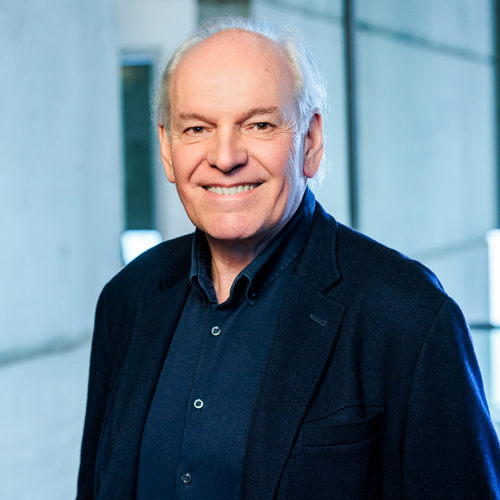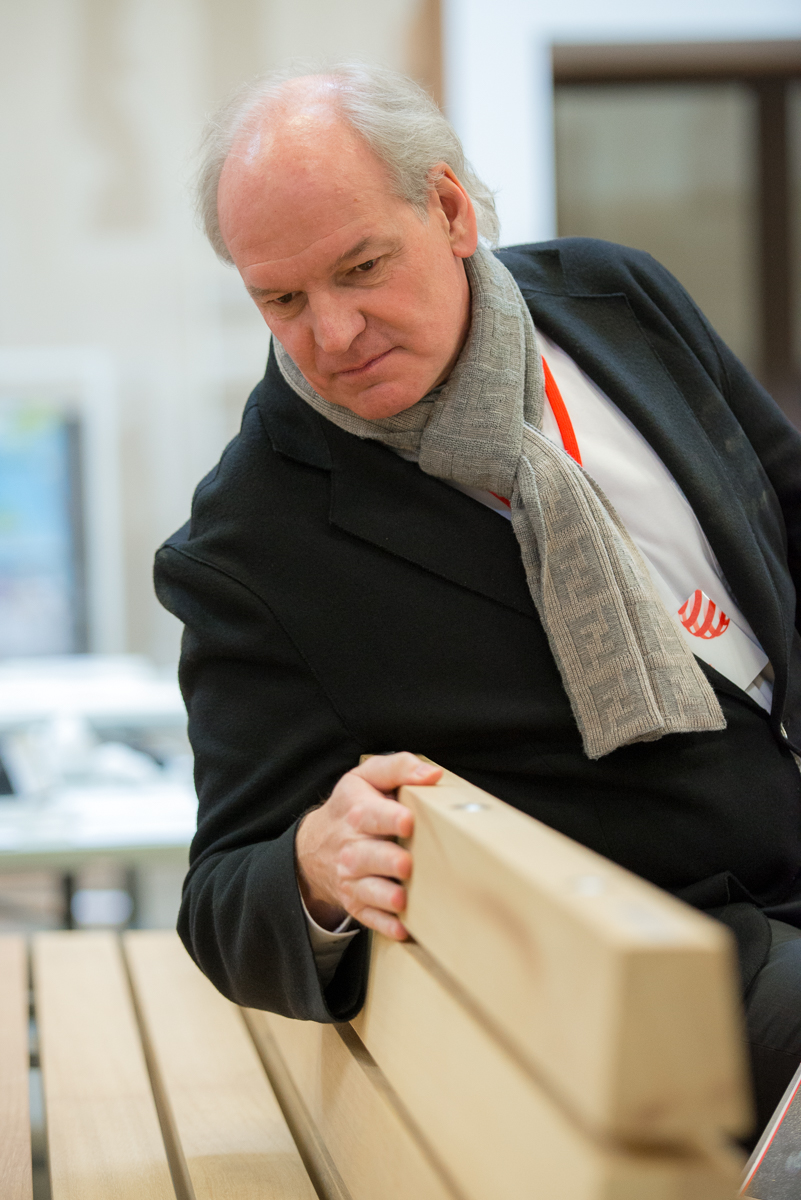Joachim H. Faust
Joachim H. Faust studied at the RWTH Aachen University as well as at the Texas A&M University in the USA with the aid of a DAAD grant. He obtained his diploma and masters in architecture. His professional work was started as a design architect for Skidmore, Owings & Merrill in Houston, Texas and New York as well as for KPF Kohn, Pedersen, Fox/Eggers Group. In 1987, Joachim H. Faust established and ran the HPP office in Frankfurt and was managing partner at the HPP Group headquarters in Düsseldorf from 1997. HPP has 400 employees and offers urban planning, architecture, interior design, general planning and project management from a total of eight offices in Germany. Internationally, HPP has independent offices in Shanghai and Istanbul. Joachim H. Faust was responsible for the company’s strategic expansion in China. In 2013, he was asked to take part in the German government’s reform commission for “the construction of large projects”. In addition, he is an author and gives specialist lectures on architecture and interior design.

Red Dot in an interview with Joachim H. Faust
Red Dot: Architecture is …?
Joachim H. Faust:… an expression of a society’s culture. The architectural design process is dependent on economic, social, ecological and human needs and values, which each have varying levels of influence. The latest trend that we see growing in importance is the concept of a circular economy in which building products and materials are chosen solely based on their recyclability and environmental compatibility.
What distinguishes German towns from others?
German towns have largely retained their historic scale and public spaces. This is of great value to people as it guarantees a certain quality of life. Especially in our fast-moving world, in which almost everything has become digital, urban spaces, squares, streets and buildings are a constant for our orientation and memories.
Which product would you miss most in everyday life?
My wristwatch. By pressing a button, you stop time. “Le temps suspendu”!
How is the demand for greater sustainability affecting architecture?
The construction industry and thus also the architects who design the buildings are under considerable pressure to introduce radical changes in the construction industry. Climate change requires the immediate reduction of climate-damaging emissions, especially in the building sector. The production and provisioning of construction materials, the construction process itself and the operation of the finished buildings together account for around 50 per cent of harmful emissions. If the world’s annual average temperature rises by 2 degrees centigrade, then severe temperatures, droughts and water shortages will make living conditions unbearable for many people, thus triggering migration on an unprecedented scale. The only way to effectively mitigate the negative impact of climate change is to ensure the emission-free operation of existing and new buildings, as well as designing them with building materials that are manufactured on a zero-emissions basis.
